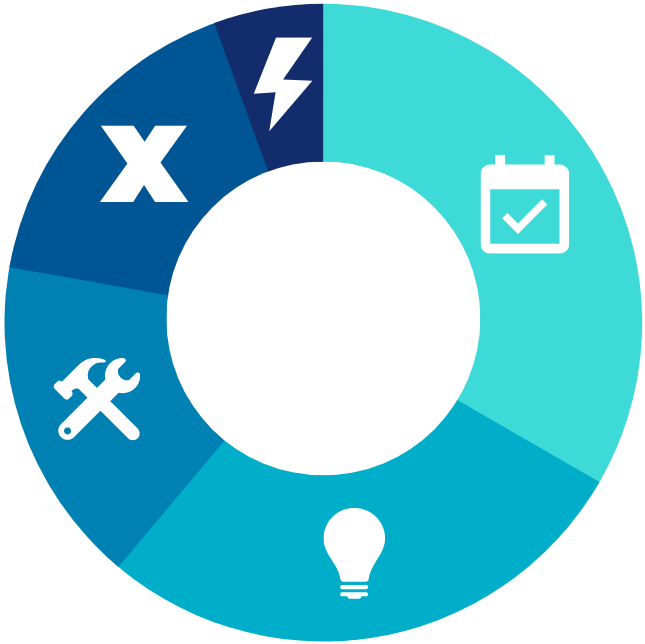
It has been well established that extended reality (XR) offers exciting new opportunities for impactful learning. From life-like simulations to manipulating three-dimensional objects, we have seen a broad range of pedagogical uses for this technology. As educators and technology enthusiasts increasingly adopt XR for educational uses, the GVSU Innovation and Research team is working at the forefront of learning sciences research to understand how this technology can be used effectively.
In our most recent research effort, Jacob Fortman, Emerging Technology Research Analyst, along with Dr. Rebecca Quintana, Director of Blended and Online Learning Design at the University of Michigan, served as co-editors on a new special issue journal dedicated to the topic of embodied and collaborative learning with XR. In their editorial roles, Fortman and Quintana conceptualized the issues theme, shepherded research teams through the peer-review process, and co-authored the special issue introduction.
Technologically and methodologically diverse, this special issue explores how XR technology can leverage body-based resources, such as gestures and movement, to promote collaborative learning. This collection of research features original scholarship from teams across Stanford, University of Wisconsin, Penn State, and more. In one illustrative example from the special issue, a University of Illinois research team analyzed how students use gestures while engaging in an AR astronomy task. Findings from this research showcase how students use gestures for a wide range of collaborative learning activities, including synthesizing opinions, orienting direction, and sharing new ideas. In another example, a team from Penn State reported on research investigating family sense-making while using an augmented reality smartphone application in a children’s garden. Findings from this study show how immersion and tactile touching with an augmented reality app can promote geological understanding. Such research makes important contributions to understandings of pedagogy, and further informs how we can design XR to support learning that is active, embodied, and collaborative. In particular, it draws our attention to some of our most fundamental corporeal experiences, such as pointing, touching, and moving, and encourages us to consider how these actions can be used effectively within the design of an XR application.
While we are excited by this recent publication, the GVSU Innovation and Research team also has its eyes set on new research at the interaction of XR and pedagogy. In the Winter ‘23 semester, we collaborated with the GVSU T4 Scholars to study how students’ conceptions of authenticity can impact their sense-making while learning VR. While our research in this topic is preliminary, our early findings show that authenticity in learning design is helpful when it doesn’t interfere with student emotional well-being. For instance, while authentically re-creating zero gravity is realistic, it’s not particularly helpful when it causes motion sickness. Additional findings also suggest that determining what is authentic is often related to narrative and sensorial design. For instance, having a unique perspective within a narrative might foster increased feelings of authenticity in a VR environment. As we continue to analyze these findings and chart our future research, we are excited to continue exploring these questions with our larger GVSU community.
If you are interested in learning more about our research, feel free to contact Jacob Fortman fortmaja@gvsu.edu.
